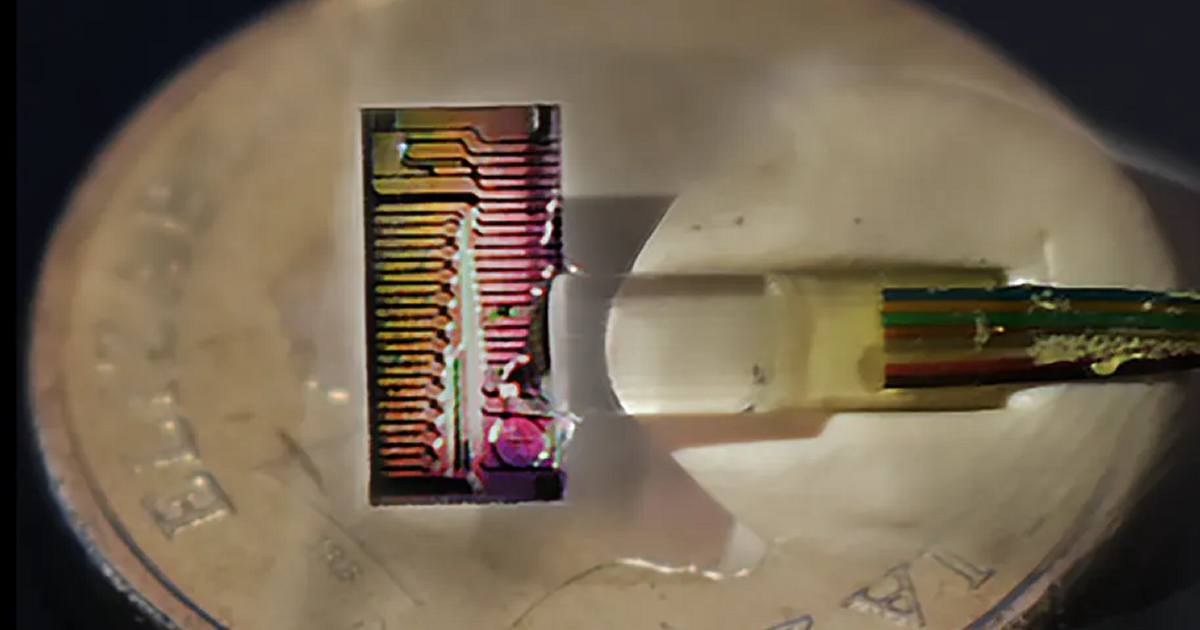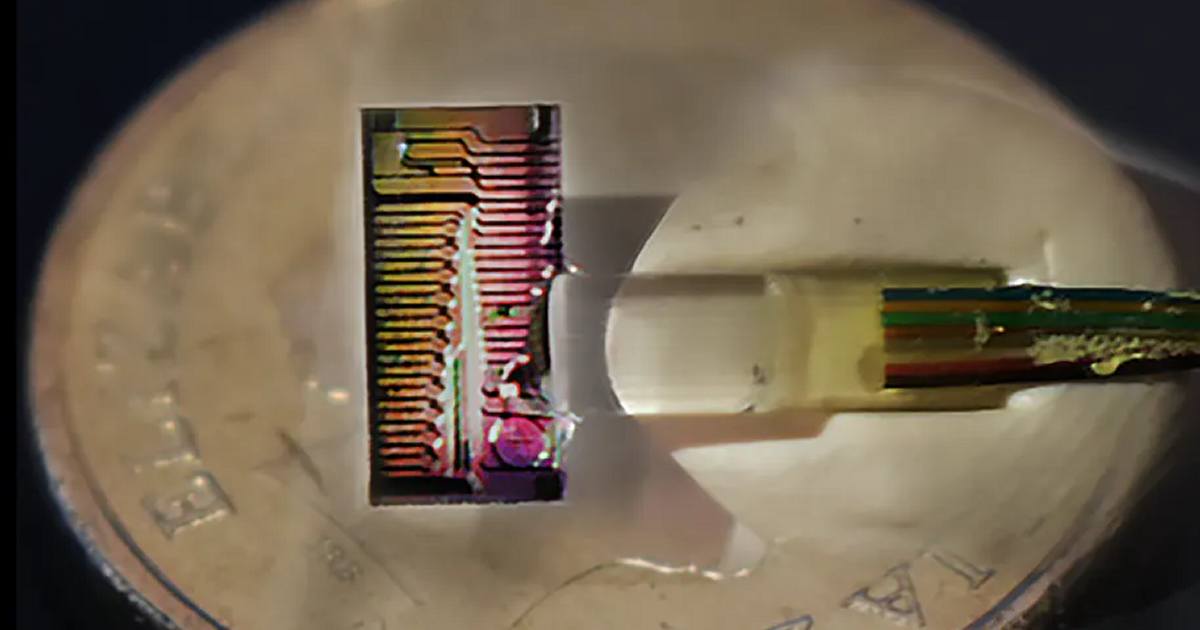Technology in a tiny chip could help Australia (and the world) keep up with the ever-increasing demands on connectivity.
While the world's internet infrastructure has stood up pretty well to the impacts of COVID-19 pandemic, it has involved major video streaming providers having to make a few quick nips and tucks in order to lessen the strain. But what we saw/are seeing in the uptick of online activity will be the new normal in the time ahead as greater demands are placed on networks, simply through the way the use of the internet is evolving and the applications being run over it.
Replacing infrastructure is complex, time-consuming and very expensive - what is needed is tech that can help make existing infrastructure work better.
A research team from Monash, Swinburne and RMIT universities believe they have a solution. The team has recorded the world’s fastest internet speed from a single optical chip of 44.2 Terabits per second through a single fibre-optic connection. That speed would provide the capability of downloading 1000 HD movies in a split- second. The feat was achieved using a micro-comb chip around the size of a fingernail.

The soliton crystal microcomb produces 80 separate wavelengths of light that can carry different signals concurrently, supporting transmission at insanely fast speeds in standard optic fibres. With some further development the researchers believe it could be added to existing infrastructure.
Dr Bill Corcoran, co-lead author of the related study and Lecturer in Electrical and Computer Systems Engineering at Monash University said being able to attain such speeds was more than just about satisfying the needs associated with using services such as Netflix.
"This data can be used for self-driving cars and future transportation and it can help the medicine, education, finance and e-commerce industries, as well as enable us to read with our grandchildren from kilometres away," he said.
To load-test the speeds capable, 76.6km of ‘dark’ optical fibre (not to be confused with "deep fibre") installed between RMIT’s Melbourne City Campus and Monash University’s Clayton Campus were used. "Dark fibre" is a term used to describe fibre not yet being used. Given the cost of installing fibre, it makes financial sense to install extra when its being laid as the fibre itself is comparatively cheap compared to other aspects of rollout.
You can read more about the technology on The Conversation, or for the particularly technically-minded, in a paper published in the journal Nature.



